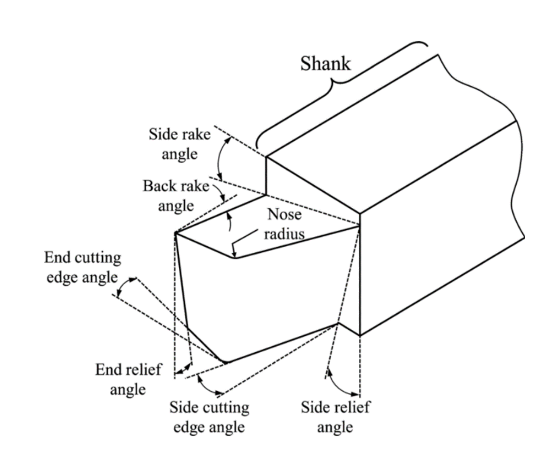The value of metals is increasing, and demand for them is growing. Material means that the price of metals will be a significant factor in determining their future worth.
“The metal is an alloy of non-metallic elements that are hard and ductile and are usually silvery in colour. The most common metals are iron, copper, nickel, aluminium and titanium.
Ferrous alloys are a group of iron and carbon alloys used in steelmaking. They combine iron and carbon in different proportions to form the desired alloy.
Carbon steel is made from carbon and other elements, such as silicon and nitrogen. It is a solid material, but it is also costly to produce.
Advanced materials:
Advanced materials are composed of synthetic fibres with high tensile strength and a low elastic modulus. Advanced materials are used in manufacturing, agriculture, construction, and many other industries. They are also used in medicine.
Advanced materials are defined as not standardized and therefore not available in the market. They include custom-made accessories, prototypes, prototypes with a high level of customization and prototypes that are more than one step ahead of the standard.
Single point cutting tool:
The shank and a sharpened cutting portion called the point make up this tool. The face (along which the chips slide as they are cut by the tool), the side flank or major flank, the end flank or minor flank, and the base define the tool’s point.
There are two types of cutting tools;Single point cutting tool and Multiple point cutting tool.
Single point cutting tool can be made by Cermics, High carbon steel and Cemented carbide. And it contains following parts;

This is the tool’s main body. The tool is held in place by the shank. The flank of the tool refers to the area below and adjacent to the cutting edge. The face of the tool is the surface on which the chips slide.
The intersection between the flank and the tool’s base is known as the heel. It’s a curved section near the tool’s bottom. The intersection of the side cutting edge and the end cutting edge is known as the nose. With a sharp point on the nose, the nose radius will give extended life and a good surface polish. The cutting edge of a tool is the edge on the tool’s face that removes material from the workpiece.
Different angles we are using in the single point cutting tool.
Side cutting edge angle:
The lead angle is another name for this angle. This is the angle formed by the tool shank’s side cutting edge and the tool shank’s side.
End cutting angle:
This is the angle formed by the tool shank’s end cutting edge and a line parallel to it.
Side relief angle:
It’s the angle formed by a line perpendicular to the tool’s base and measured at a right angle to the end flank between the portion of the side flank immediately below the side cutting edge and a line perpendicular to the tool’s base and measured at a right angle to the end flank.
End relief angle:
It’s the angle formed by a line perpendicular to the tool’s base and measured at a right angle to the end flank and the section of the end flank immediately below the end cutting edge.
Back rack angle:
It’s the angle formed by the tool face and a line running parallel to the tool’s base and perpendicular to the side cutting edge.
If the side cutting edge slopes downwards from the point towards the shank, the back rack angle is positive; if the slope is reversed, the back rack angle is negative.
Side rack angle:
It’s the angle formed by the tool face and a line parallel to the tool’s base, measured in a plane perpendicular to the tool’s base and side cutting edge.
The slope of the tool’s face from the cutting edge is determined by this angle.
If the slope is toward the cutting edge, the side rack angle is negative. If the slope is away from the cutting edge, the side rack angle is positive.
Advantages of single point cutting tool;
- It’s simple to design and construct. This tool is a little less expensive.
- Disadvantages of multiple point cutting tool;
- The tool wear rate is a tad high here and Tool life is reduced.
Mechanics of materials:
The properties of the materials, such as yield strength, ultimate strength, Young’s modulus, and Poisson’s ratio, are taken into account in the methodologies used to forecast the response of a structure under loading and its susceptibility to various failure modes. The mechanical element’s macroscopic qualities (geometric properties), such as its length, width, thickness, boundary limitations, and sudden changes in geometry, such as holes, are also considered.
Conclusion:
The materials in mechanical engineering are the most important of all. They are used to build any type of structure, from basic to sophisticated. The area of materials strength, often known as materials mechanics, is concerned with various methods for computing stresses and strains in structural parts such as beams, columns, and shafts. Tool geometry has been around since ancient times as it helps to understand how machines work by describing their functions, sizes, shapes and features. It is used in aircraft manufacturing to help design new machinery for production lines with better efficiency and quality in more recent times.
 Profile
Profile Settings
Settings Refer your friends
Refer your friends Sign out
Sign out






